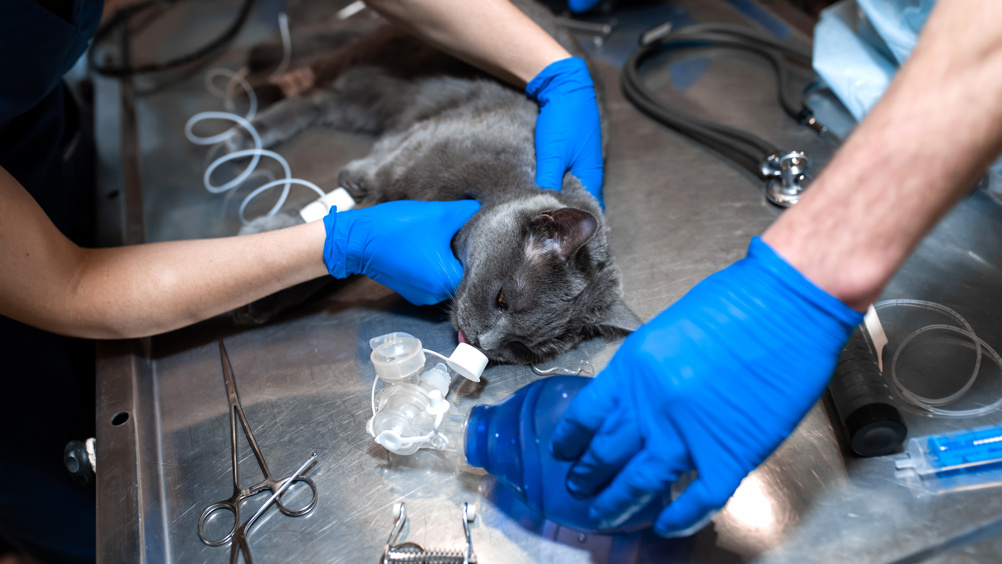References
Cardiopulmonary resuscitation outcomes in a UK veterinary hospital: pilot study

Abstract
This retrospective study aimed to investigate cardiopulmonary resuscitation outcomes in a UK veterinary hospital and compare these to values communicated in literature from other countries. Five years' worth of patient records, kept by one hospital, were examined over a one-month period. Clinical notes were reviewed to obtain key data and animals with incomplete data sets were not included. Results were statistically analysed. A sample of 114 records were reviewed; 89 canines, 25 felines. Initially, 21.9% of patients were revived following cardiopulmonary arrest with 6.1% of patients surviving to discharge. Location of resuscitation (P=0.003), type of compression used (open or closed) (P=0.005), and whether sustained return of spontaneous circulation was achieved (P=0.001) were variables of significance in relation to cardiopulmonary resuscitation outcome. Overall, the study revealed cardiopulmonary resuscitation survival to discharge fell in line with statistics recorded in similar studies. Prospective studies would aid clinical auditing and robust use of recording sheets.
The 2012 Reassessment Campaign on Veterinary Resuscitation (RECOVER) initiative produced evidence-based recommendations to guide professionals when performing cardiopulmonary resuscitation (CPR) on canine or feline patients (Boller and Fletcher, 2012; Yagi, 2019; Waxman, 2019). There were two main goals of the RECOVER initiative: to provide up-to-date evidence-based guidelines and to highlight the knowledge gap, at that time, in the hope of influencing future research.
Many resources specific to animals and beneficial in improving patient care were produced. These included drug dose charts and algorithm flow charts to aid decision making (Fletcher et al, 2012).
Although literature covers different aspects of CPR and its effectiveness, less commonly known are the mortality and survival rates for animals in veterinary care. In contrast, human medicine offers some insightful statistics in relation to survival following CPR. Patients who experience a cardiopulmonary arrest outside of the hospital setting have a survival rate of 8–10%. Those who are already within the hospital environment during cardiopulmonary arrest have a survival rate of up to 20% (Boller and Fletcher, 2012; Beyersdorf et al, 2021).
Register now to continue reading
Thank you for visiting The Veterinary Nurse and reading some of our peer-reviewed content for veterinary professionals. To continue reading this article, please register today.

